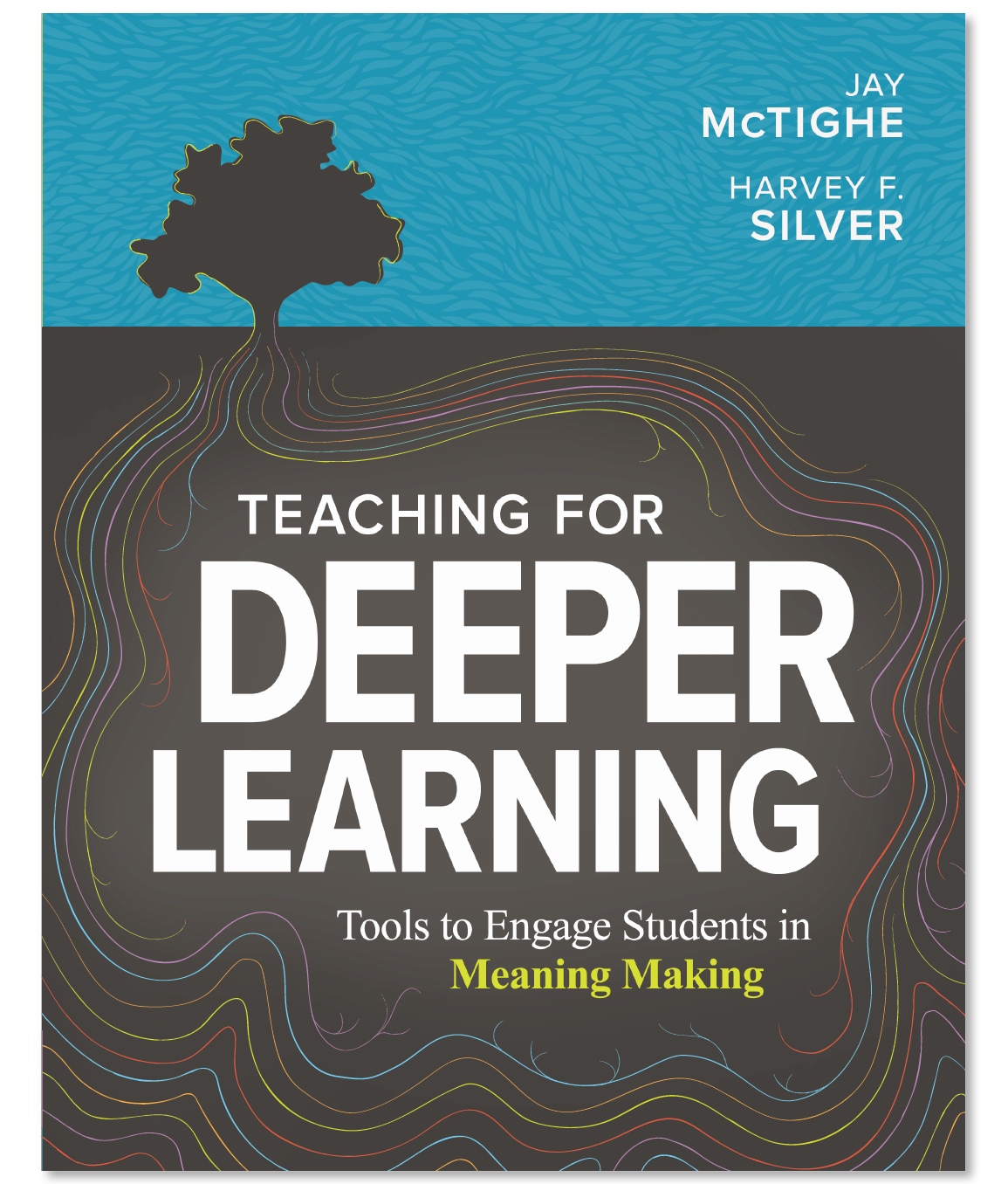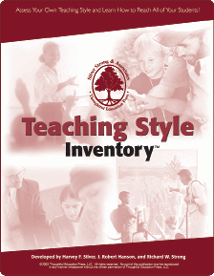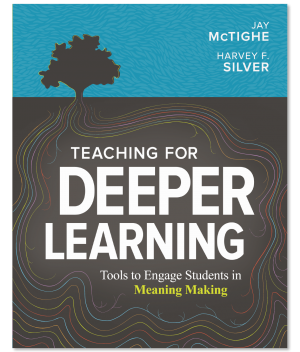Why Teaching for Deeper Learning Matters Now More Than Ever
| by Harvey F. Silver | October 6, 2020 |
Who can say with any degree of confidence what school will look like for the remainder of this school year—or in the future? Clearly, the pandemic has forced educators to rethink their education programs, and it has made uncertainty and anxiety lead characters in the story of 2020. I liken the moment we are all in to riding a roller coaster in the dark—everything is moving rapidly, and we can’t anticipate when the turns or drops are coming.
Amidst all of this uncertainty, here’s one thing we can be sure of: Good instruction is good instruction, plain and simple. Whether it’s delivered online, in a traditional classroom, or some combination of the two, good instruction is instruction that engages students in thinking deeply and actively about what they are learning. Why is this approach so powerful? Having students process classroom content actively, using “deep thinking skills” like comparing, note making, and reading-for-understanding, helps students remember and apply what they learn. Even more important, it helps students develop a repertoire of broadly useful thinking and learning skills that prepare them succeed more generally—not just academically, but in the world beyond school. We call this approach “teaching for deeper learning,” and it is the focus of my new book with Jay McTighe, Teaching for Deeper Learning: Tools to Engage Students in Meaning Making.
The book starts with a premise that Jay and I, from our nearly 100 collective years of experience in working with schools, have found to be unerringly true: All educators want deep learning for their students. But too often, the pressure to cover the content and prepare for the test subverts this universal goal. The result is what I call The Three “Toos”: Too much telling students the content, too much busywork, and too little thinking on the part of students.
Since the pandemic upended the lives of teachers and students, The Three Toos—and especially “too much busywork”—have become even more entrenched. And for obvious reasons. After all, the challenges schools face are unprecedented, and many teachers report that delivering the kind of instruction that ensures deep learning feels even more out of reach than it did pre-COVID. But the truth is, getting students to think deeply and actively about what they’re learning is more important now than ever before. Why? Let us count the ways. Because too many teachers are struggling to keep students engaged through online and hybrid learning. Because too many students are bored, frustrated, tuning out. Because there’s no point “getting through the content” if students don’t get the content well enough to remember or apply it.
When it comes to learning, there’s simply no substitute for thinking. And if the school day is built around online sessions in which students receive content passively and then complete follow-up busywork assignments, then students aren’t doing the kind of thinking that’s needed to build understanding and retention. We risk losing months, perhaps even a full school-year’s-worth of learning as a result.
So how can we put The Three Toos to bed once and for all? How can we instead focus on helping students think deeply about the content so that they remember it, understand it deeply, and are able to apply it in meaningful ways?
To help educators take this approach, I have been working with schools and with the Thoughtful Classroom Team to develop the Teaching for Deeper Learning Online Professional Development Program. We have designed this fully online program to make it easy for teachers to provide deep learning opportunities for their students, whether they’re teaching remotely or in a traditional classroom. The program’s interactive and engaging modules familiarize teachers and schools with a concrete set of thinking skills that they can use to promote deep and active processing of classroom content—and with simple instructional tools for integrating these skills into their existing curriculum. Adapted from our award-winning Tools for Today’s Educators series, these tools are thoroughly modeled in the individual modules to provide teachers of all grade levels and content areas with practical ways to get students actively engaged in the kind of thinking that promotes deep learning.
I end by jumping ahead to the end of this school year. When we look back on the year, what will we be able to say we accomplished? Did we just get by, or did we make a difference in the learning and lives of our students? We can have deep learning without reinventing our education program or overburdening our teachers. So let’s get started.
If you would like to learn more about how you can achieve the goal of deep learning for your students, I invite you to reach out to me personally at questions@thoughtfulclassroom.com.




